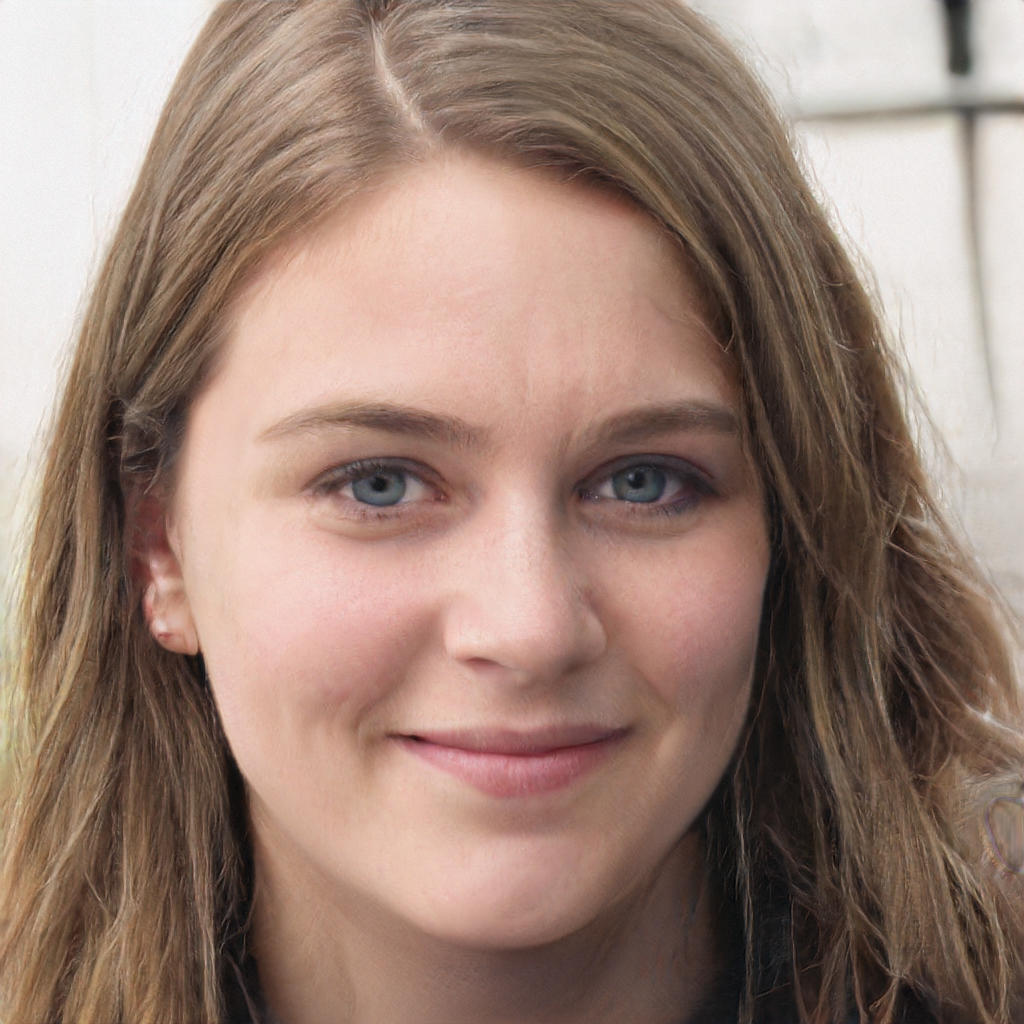What is Linear Programming?
Linear programming is used to optimize a linear objective function and a system of linear inequalities or equations. The limitations set on the objective function are called as constraints. The objective function represents the quantity which needs to be minimized or maximized. Linear programming's main objective is to optimize the objective function.
The assumptions for a linear programming problem are given below:
- The limitations on the objective function known as constraints are written in the form of quantitative values.
- The objective function must be a linear function.
- The relationship between the objective function and the constraints must be linear.
Linear programming problems can be solved using multiple methods. The most common methods are simplex method, solving the problems using R or open solver, and graphical method. In this article, we will solve the linear programming problems using the graphucal method.

Example 1
A store has requested a manufacturer to produce pants and sports jackets.
For materials, the manufacturer has $750 m ^2$ of cotton textile and $1000 m^2$ of polyester. Every pair of pants (1 unit) needs $1 m^2$ of cotton and $2 m ^2$ of polyester. Every jacket needs $1.5 m ^2$ of cotton and $1 m^2$ of polyester. The price of the pants is fixed at $50 and the jacket, $40. What is the number of pants and jackets that the manufacturer must give to the stores so that these items obtain a maximum sale?
Solution
Step 1 - Identify the Decision Variables
Choose the unknowns.
x = number of pants
y = number of jackets
Step 2 - Write the objective function.
$f(x,y)= 50x + 40y$
Step 3 - Identify the set of Constraints
To write the constraints, use a table:
| pants | jackets | available | |
|---|---|---|---|
| cotton | 1 | 1,5 | 750 |
| polyester | 2 | 1 | 1,000 |
$x + 1.5y leq 750$
$ 2x+3y leq 1500$
$2x + y leq 1000$
As the number of pants and jackets are natural numbers, there are two more constraints:
x ≥ 0
y ≥ 0
Step 4 - Choose the method for solving the problem
There are many methods to solve a linear programming method. In this problem, we will find the solution of the problem graphically.
Step 5 - Construct the graph
Represent the constraints graphically.
As x ≥ 0 and y ≥ 0, work in the first quadrant.
Represent the straight lines from their points of intersection with the axes.

Solve the inequality graphically: $2x +3y leq 1500$, and take a point on the plane, for example (0,0).
$2 cdot 0 + 3 cdot 0 leq 1500$
Since $0 leq 1500$ then the point (0,0) is in the half plane where the inequality is satisfied.
Similarly, solve $2x + y leq 1000$.
$2 cdot 0 + 0 leq 1000$
Step 6 - Identify the feasible region
The area of intersection of the solutions of the inequalities would be the solution to the system of inequalities, which is the set of feasible solutions.

Step 7 - Find the optimum point
Calculate the coordinates of the vertices from the compound of feasible solutions.
The optimal solution, if unique, is in a vertex. These are the solutions to the systems:
$2x + 3y = 1500 ; x = 0 (0, 500)$
$2x + y = 1000; y = 0 (500, 0)$
$2x + 3y =1500$; $2x + y = 1000 (375, 250)$

Now, we will calculate the value of the objective function at each of the vertices to determine which of them has the maximum or minimum values. It must be taken into account the possible non-existence of a solution if the compound is not bounded.
In the objective function, place each of the vertices that were determined in the previous step.
$f(x, y) = 50x + 40y$
$f(0, 500) = 50 cdot 0 + 40cdot 500 = $20000$
$f(500, 0) = 50 cdot 500 + 40 cdot 0 = $25000$
$f(375, 250) = 50 cdot 375 + 40 cdot 250 = $28750$ Maximum
The optimum solution is to make 375 pants and 250 jackets to obtain a benefit of $28,750.
The solution is not always unique, so we can also find other solutions.
Example 2
Maria has an online shop where she sells hand made paintings and cards. She sells the painting for $50 and the card for $20. It takes her 2 hours to complete 1 painting and 45 minutes to make a single card. She also has a day job and makes paintings and cards in her free time. She cannot spend more than 15 hours a week to make paintings and cards. Additionally, she should make not more than 10 paintings and cards per week.
She makes a profit of $25 on painting and $15 on each card. How many paintings and cards should she make each week to maximize her profit.
Solution
Follow these steps to solve the above problem.
Step 1 - Identify the decision variables
x = number of paintings
y = number of cards
Step 2 - Write the objective function
Since she makes $25 profit in each sold painting and $15 on each sold card, therefore the objective function is:
$P = 25x + 15y$
Step 3 - Identify the set of constraints
It takes her 2 hours to complete a painting and 45 minutes to make a card. She cannot spend more than 15 hours a week in making cards and painting.
$2x + 0.75y leq 15$
She should make at most 10 paintings and cards a week.
$x + y leq 10$
We also have two other constraints:
$x geq 0$ and $y geq 0$
Step 4 - Choose the method for solving the problem
We will use the graphical method to solve this problem.
Step 5 - Construct the graph

Step 6 - Identify the feasible region
The green highlighted area is the feasibility region of the graph

Step 7 - Find the optimum point
Use the coordinates of the vertices and substitute them in the objective function to yield the maximum point.
$(7, 0) P = 25(7) + 15(0) = 175$
$(6, 4) P = 25(6) + 15(4) = 210$ Maximum
$ (0,11) P = 25(0) + 15 (11) = 155$
The above calculations show that Maria can make the maximum profit of $210 a week by making 6 paintings and 4 cards.













The language in the third question is confusing. “Offer A is a package of one shirt and a couple of pants which will sell for “. A couple of pants indicate 2 pants instead of a single pair of pant, it could’ve been renamed as a pair of pant. Couple of pant”s” means plural. Please change the language. From my understanding, the offer A consisted of 1 shirt and 2 pants, but in the solution, they have considered one shirt and one pant.
Thank you for your feedback! You’re absolutely right — the wording around “a couple of pants” was confusing. The problem has now been updated to clearly state that Offer A includes one shirt and one pair of pants, which aligns with the solution provided. We appreciate you taking the time to point this out and helping us improve the clarity of the question.
it can be nice when you help me to pass
Hi Matovu! Thank you for your comment! Wishing you best of luck with your studies!
Solve the following LP problem using the Graphical Method
1. A steel producer makes two types of steel: regular steel and special steel. A ton of regular steel requires 2 hours in the open-hearth furnace and 5 hours in the soaking pit; a ton of special steel requires 2 hours in the open-hearth furnace and 3 hours in the soaking pit. The open-hearth furnace is available 8 hours per day and the soaking pit is available 15 hours per day. The profit on a ton of regular steel is P4,200 and it is P5,000 on a ton of special steel. Determine how many tons of each type of steel should be made to maximize . Please answer this
Hi there! 😊
Thanks for your comment. That’s a great linear programming problem, and it’s perfect for practicing the Graphical Method. While we can’t provide a full solution here in the comments, you can find similar step-by-step problems and solutions on our resources site that cover real-world LP scenarios like this one. They’ll guide you through setting up constraints, plotting the feasible region, and finding the optimal solution.
Hi there, thanks for your comment and for taking the time to share your calculation!
Thank you for your comment! 😊
If you’re looking for more scenario-based linear programming questions to practice, we have a collection of word problems and detailed solutions available on our Superprof resources site. These examples are designed to help you apply linear programming concepts to real-world situations.